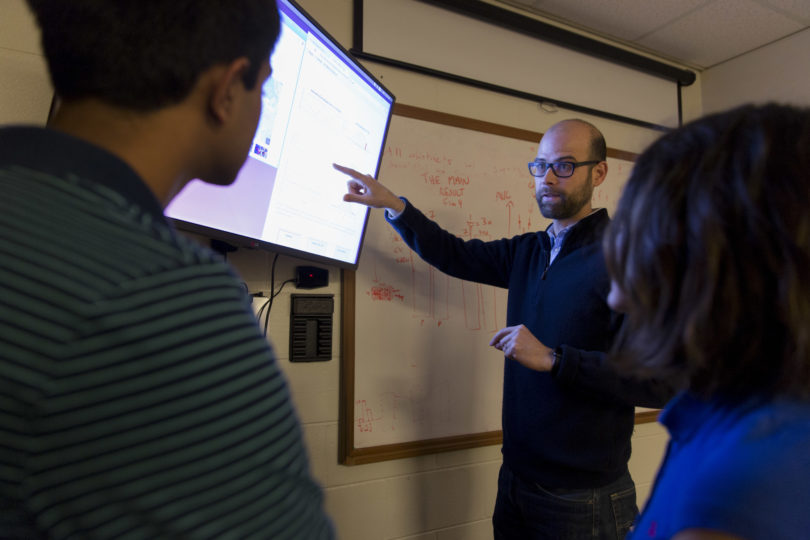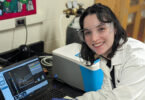Ecologists at the University of Georgia have taken an important step in their efforts to develop an early warning system for infectious disease outbreaks.
A team led by Eamon B. O’Dea created a mathematical model that analyzes statistical patterns in public health reports to identify when a population is approaching an epidemic threshold—the point at which a disease outbreak is possible. Their findings, recently published in the Royal Society journal Interface, help pave the way for a disease forecasting system that could one day be used by public health officials.
“Currently the state of the art is to just have very rapid detection once disease emergence occurs,” said O’Dea, a postdoctoral researcher in the Odum School of Ecology and Center for the Ecology of Infectious Diseases at UGA. “So it would be advantageous to have some way of predicting the point when emergence is possible, because then you could possibly introduce some interventions.”
These could include the timely distribution of vaccines, if available, or adding hospital capacity in areas likely to need it.
The crux of the approach is to quantify the “critical slowing down”that occurs as a system approaches a tipping point—a threshold beyond which it will undergo drastic and potentially irreversible change. As the tipping point nears, characteristic patterns in the system’s dynamics can be observed.
Much of the earlier work on critical slowing down has been based on models with a single variable.
“The progress we’ve made here is addressing the multidimensional nature of lots of real-world systems,” said O’Dea.
He and his co-authors built a “susceptible-infected-removed” model, commonly used to understand epidemic dynamics. It takes into account the number of individuals in a population who are susceptible to a disease, having neither contracted nor been vaccinated against it; the number who are currently infected; and the number who’ve been removed from the susceptible group, either because they were vaccinated or because they caught the disease and recovered.
But in the real world, disease surveillance information is often incomplete, and data about infections may be broken down by age group or city within a larger population.
O’Dea said such complexities made it important to determine which variables are most useful in estimating the distance to an epidemic threshold.
To find out, they analyzed and simulated a model of acute infectious diseases such as pertussis, also known as whooping cough.
They found that of all the variables they considered, patterns in the number of infected individuals over time provided the best estimate of an approaching tipping point. Furthermore, gleaning that number from public health case reports worked just as well as directly counting infected individuals.
“That’s kind of fortunate,” O’Dea said, because while it’s rare for such a count to happen, public health departments routinely report new cases as part of regular surveillance.
The finding that the model’s estimates proved accurate even in the absence of complete data has practical implications as well.
“When you’re analyzing infectious disease data, if you see an upward trend in the number of cases it’s hard to tell if it’s due to increased reporting rates or if there’s actually more transmission going on,” said O’Dea. “So it’s nice to have some way of disentangling those two, which the slowing down approach lets you do.”
O’Dea cautioned that the team’s results aren’t yet translatable to a real-world disease forecasting system.
“I think it’s still a long way from practical use, but at the same time I do think we have made important progress,” O’Dea said. “What we really need before there’s any kind of routine use in public health is empirical validation, which is not something we’ve attempted in this paper but it’s something we’re actively working on in the project as a whole.”
The paper, “Estimating the distance to an epidemic threshold,” is online at http://rsif.royalsocietypublishing.org/content/15/143/20180034.Its co-authors are Andrew W. Park of the Odum School and College of Veterinary Medicine department of infectious diseases and John M. Drake of the Odum School and Center for the Ecology of Infectious Diseases at UGA. Funding for the research was provided by the National Institutes of Health grant No. U01GM110744.








